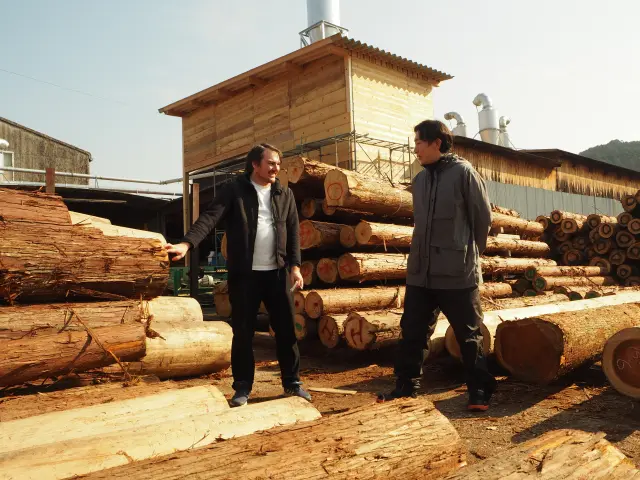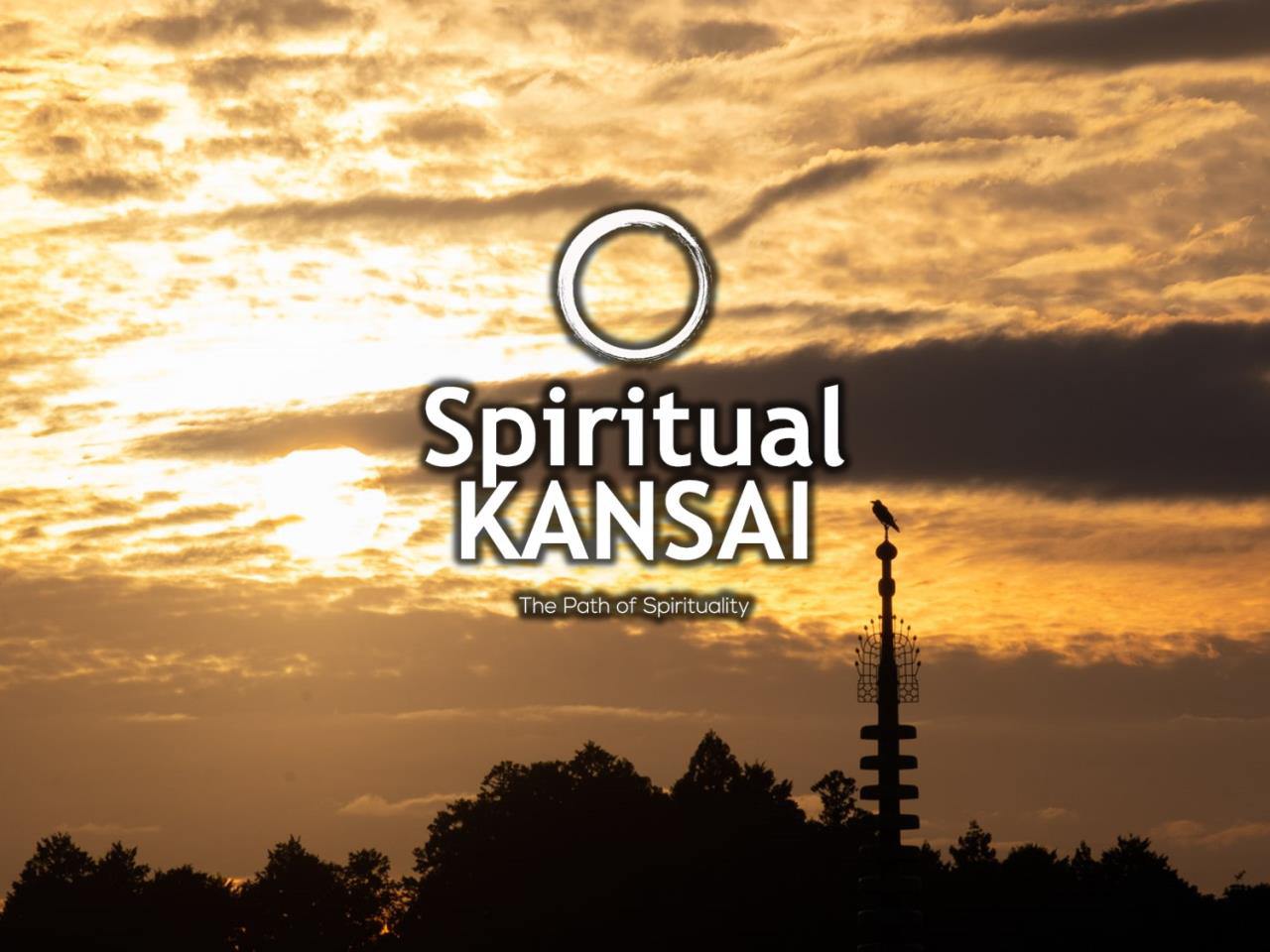
Spiritual KANSAI Series Blog16 : PILGRIMAGE
Last update
The Kansai region is a sacred place for Japanese spiritual culture, and Kansai is full of genuine hospitality. We tried to extract various themes and put them together in columns under the title of "Spiritual KANSAI". In this blog series, we will introduce these columns in order. The 16th in the series is " PILGRIMAGE ". (The following text is quoted from the Spiritual KANSAI column page (https://kansaiguide.jp/rt/eng/column/) of this site)
***************************
PILGRIMAGE
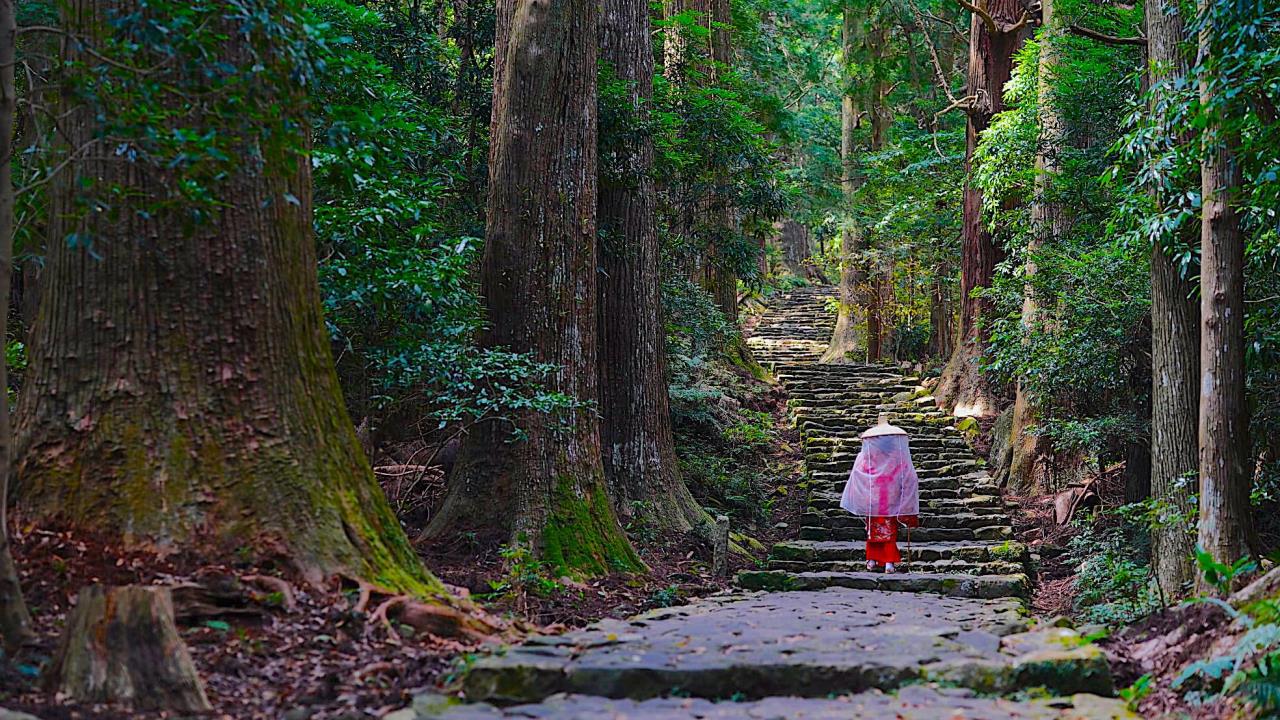
The path
The rain has just stopped. The vegetation damps awakening its colors. The mist that caressed the treetops is dissipating and the waterfall eventually appears. The sound of the rain has gone and now only the sound of my footsteps can be heard on the rough cobblestones of the path that criss-crosses the holy mountain. At the end of the path, a complex of temples. The geometry of the curves of the buildings contrasts with the random landscape.
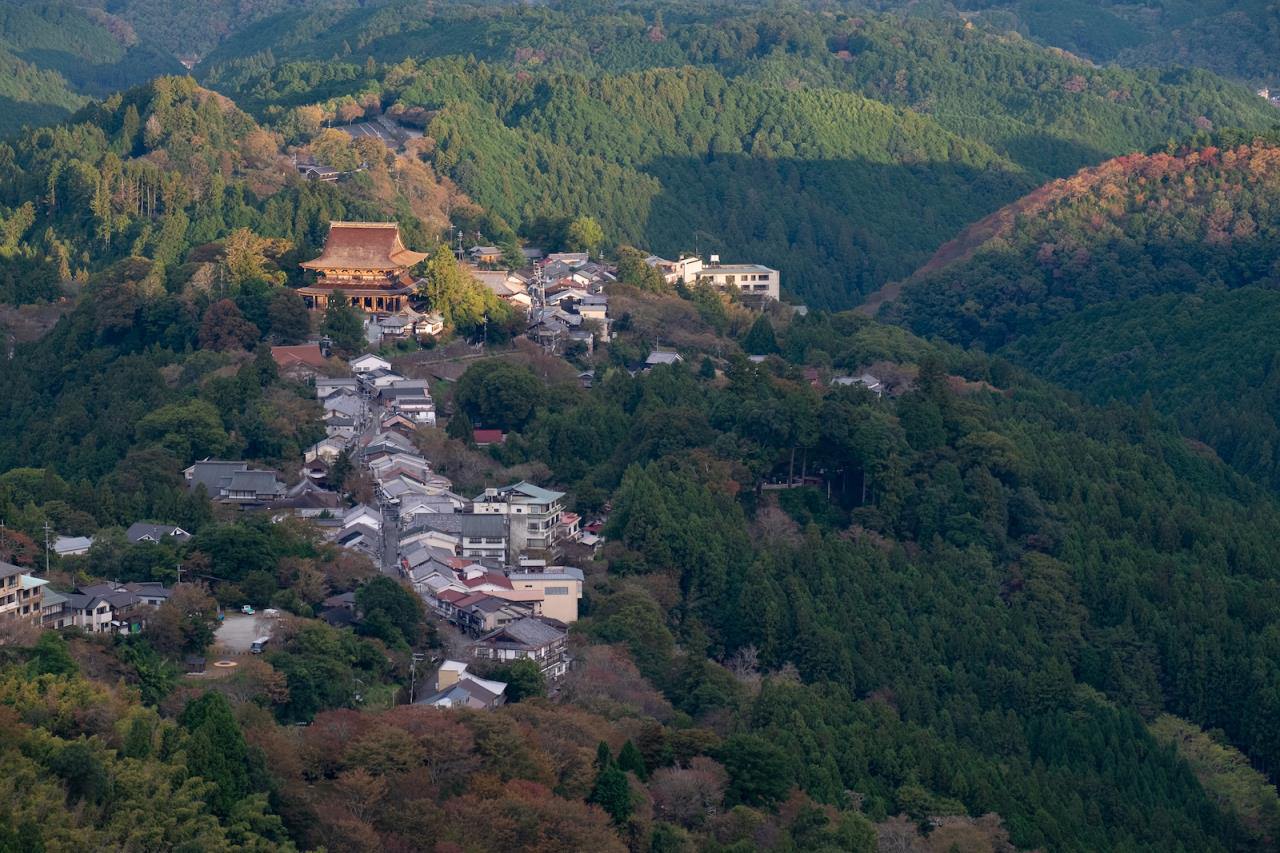
At first, it seems more difficult than anywhere, to define wherever we are in a place dominated by Shinto kami or the Buddhist pantheon. A complex mix that forces us to ask ourselves some questions. In the area of Yoshino, on Mount Koya, but also on the paths to Kumano, it is possible to sense the very essence of Shugendō, this spiritual tradition that unites the different Gods, with the same delicacy as two hands joining to pray.
Beyond all divine representations, even more than the Buddhist statues, the true God of this region is the nature surrounding the spot. The sun illuminating the tips of the trees. The water flowing from the top watering the roots. The moss recovered every damp surface. The buds are ready to appear under the snow and then the leaves turn from green to red in an endless cycle.
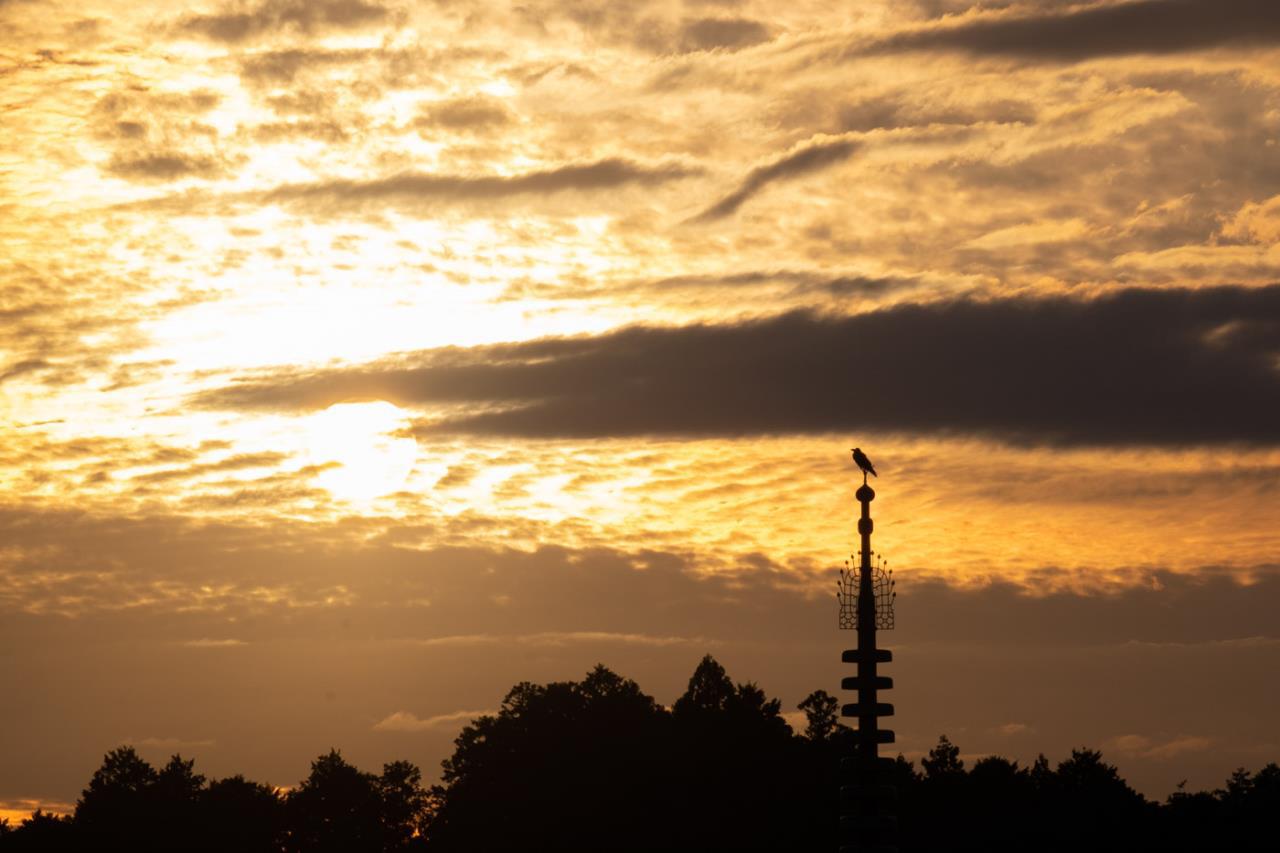
The way of Shugen
The Shugendō is composed of Buddhist monks attached to temples open to teaching principles of En no Gyōja, the founder of this school of thoughts. Some monks may also, if they are willing to make the effort, dress up for different rituals during the year, the clothes of the yamabushi, the ascetics of the mountain, with the characteristic clothes and sound of the horagai, a large triton shell used as a musical instrument. Another surprising aspect of Shugendō is that it is not necessary to be a monk to become a yamabushi. There are many men, office workers for example, who dress up as the yamabushi when needed. Especially to take part in fire ceremonies, which are important moments in the rituals of Shugendō.
Check also...
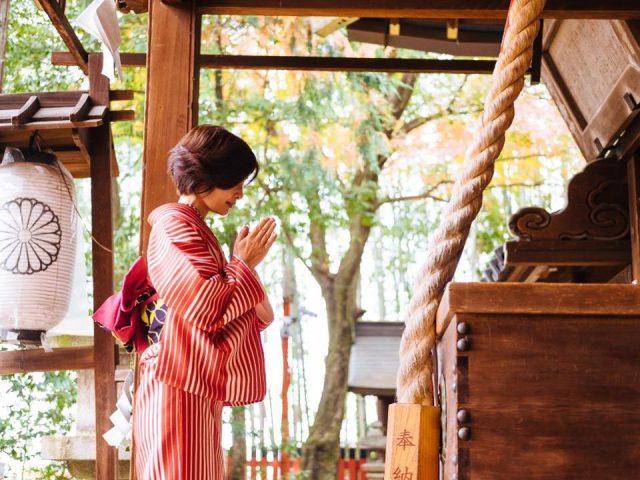
The Basics of Shrine Visiting! Must-Know Information and Some Recommended Shrines in Japan
![Take a leisurely stroll in the retro and fashionable space [Kuroe, the town of Kishu lacquerware]](/kansaiguide/data/article/21000/20278/20250618_133123_770e1e88_w640.webp)
Take a leisurely stroll in the retro and fashionable space [Kuroe, the town of Kishu lacquerware]

Consider your accommodation in the Kansai area!

Restrictions on Large Baggage

Hidden Stories in Stone: Exploring Japan’s Castle Walls

Feel Like a Lord: Castle with Stunning Panorama Views

Experience the True Essence of Japan through Castles, Cultural Treasures, and Timeless Gardens
